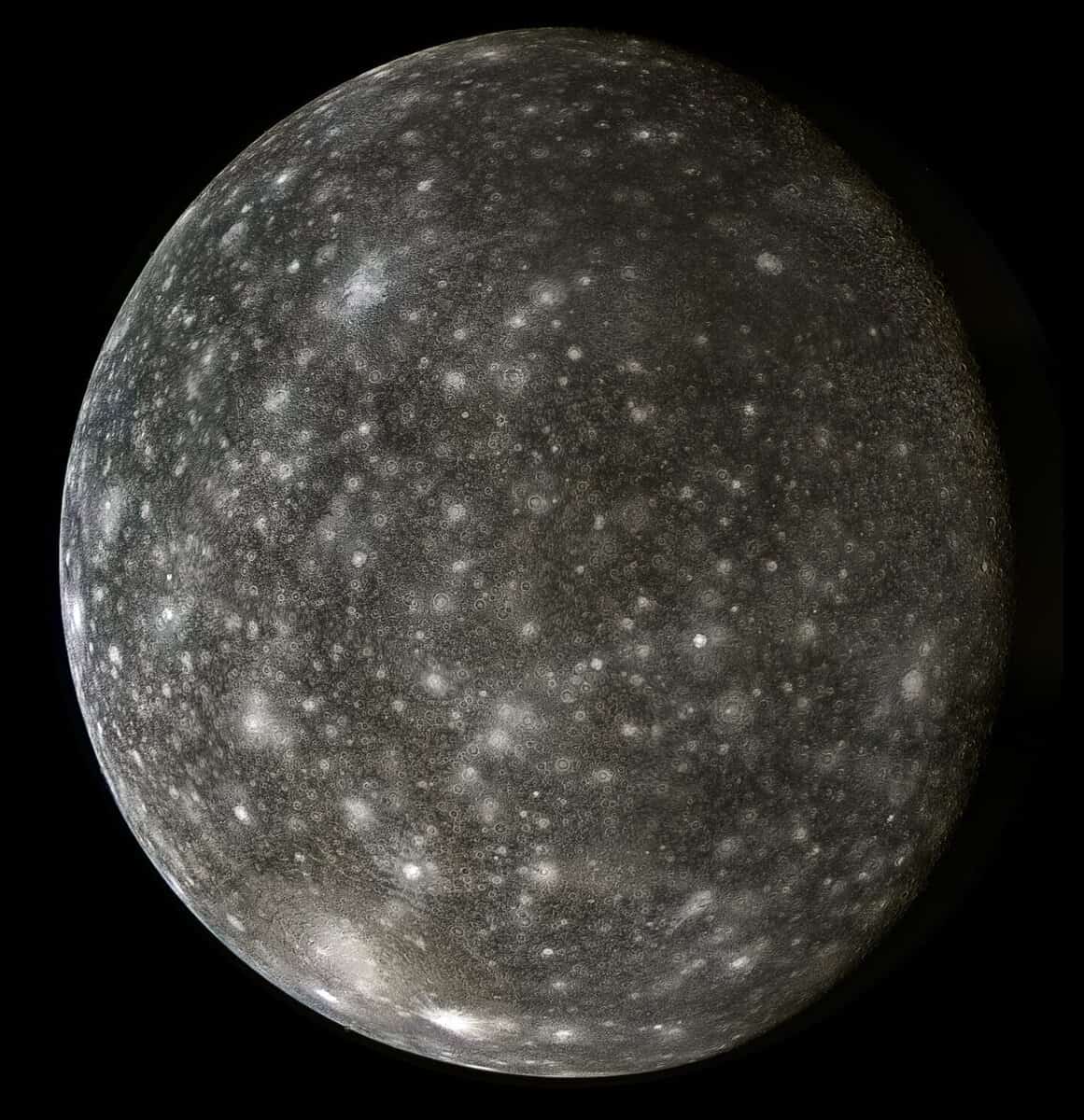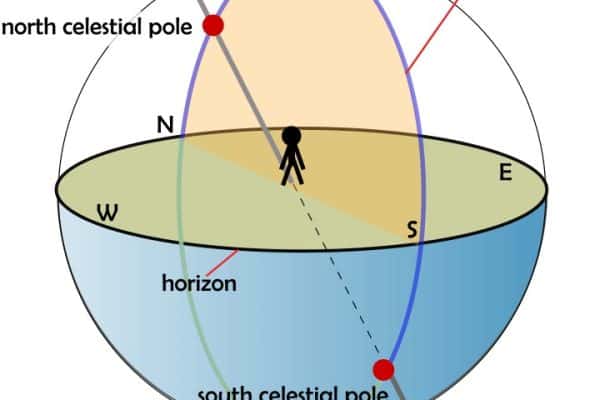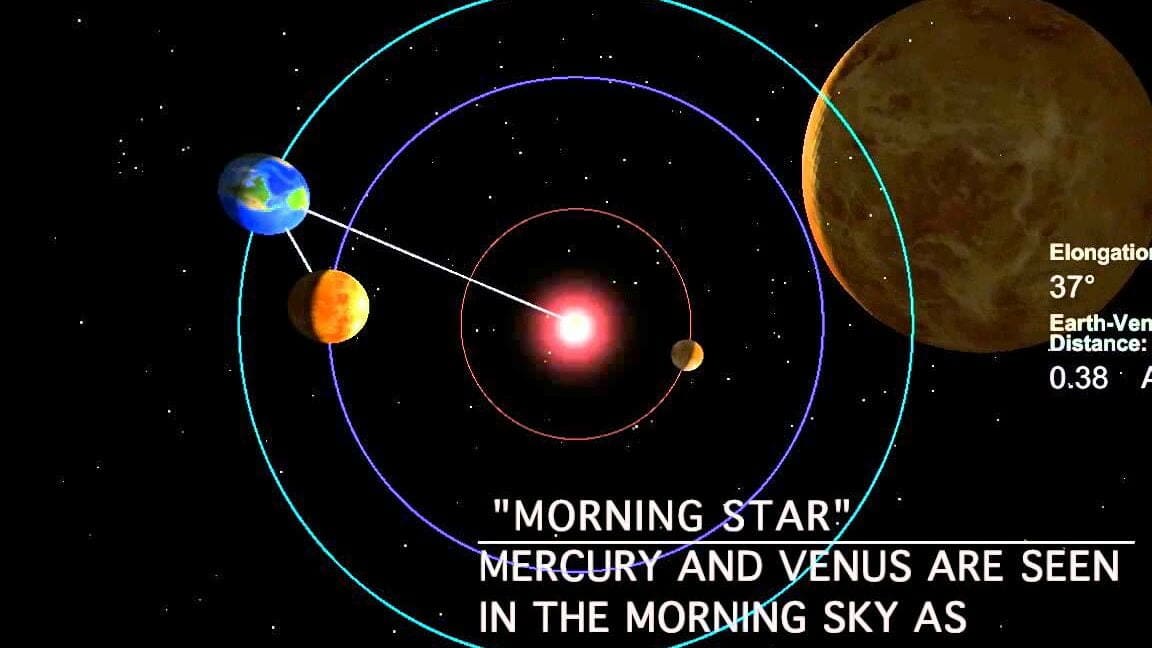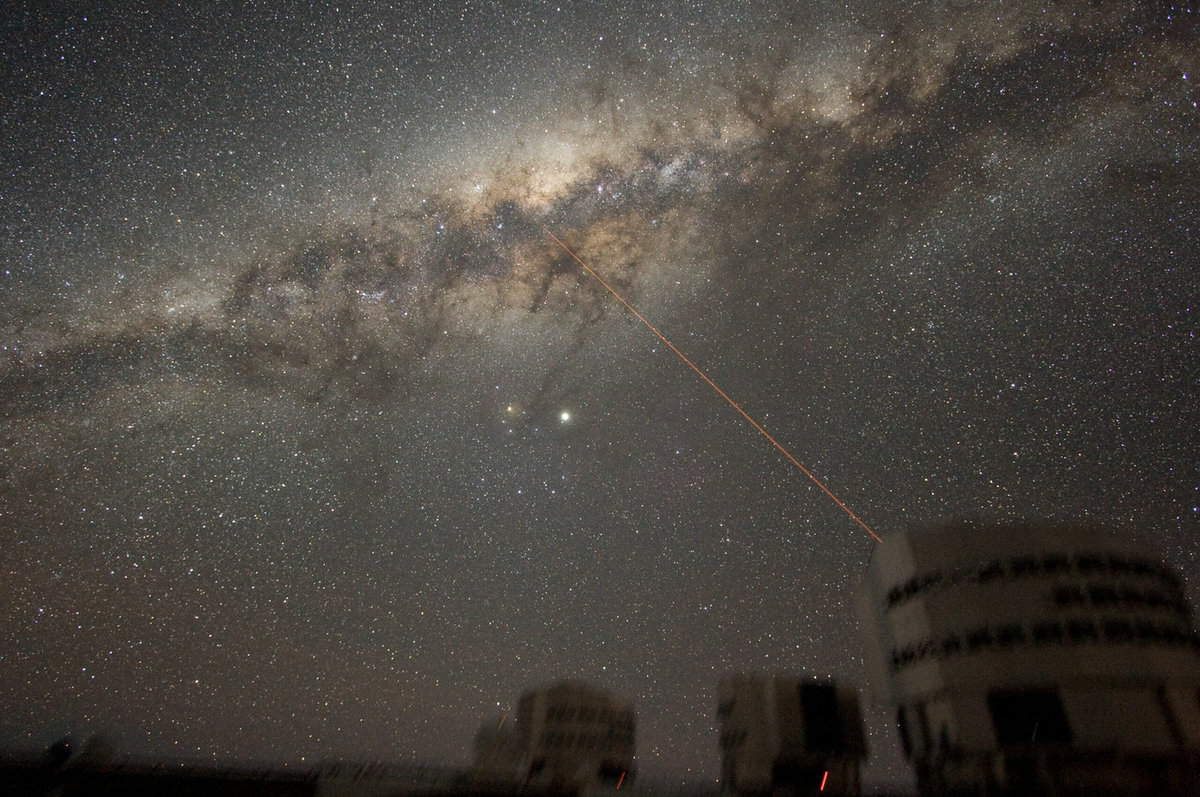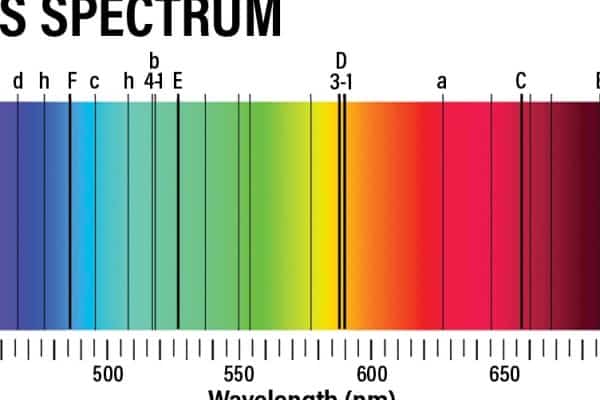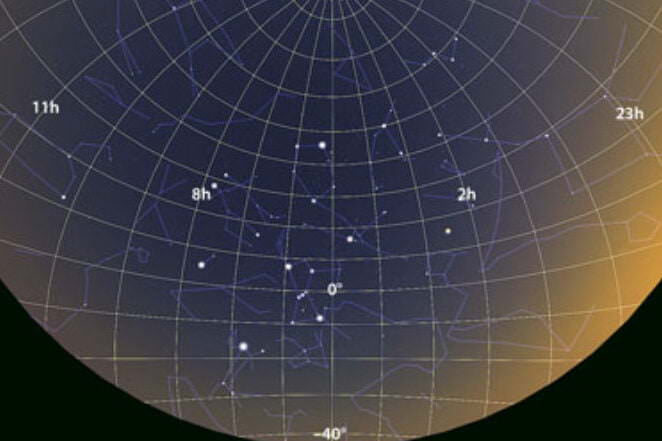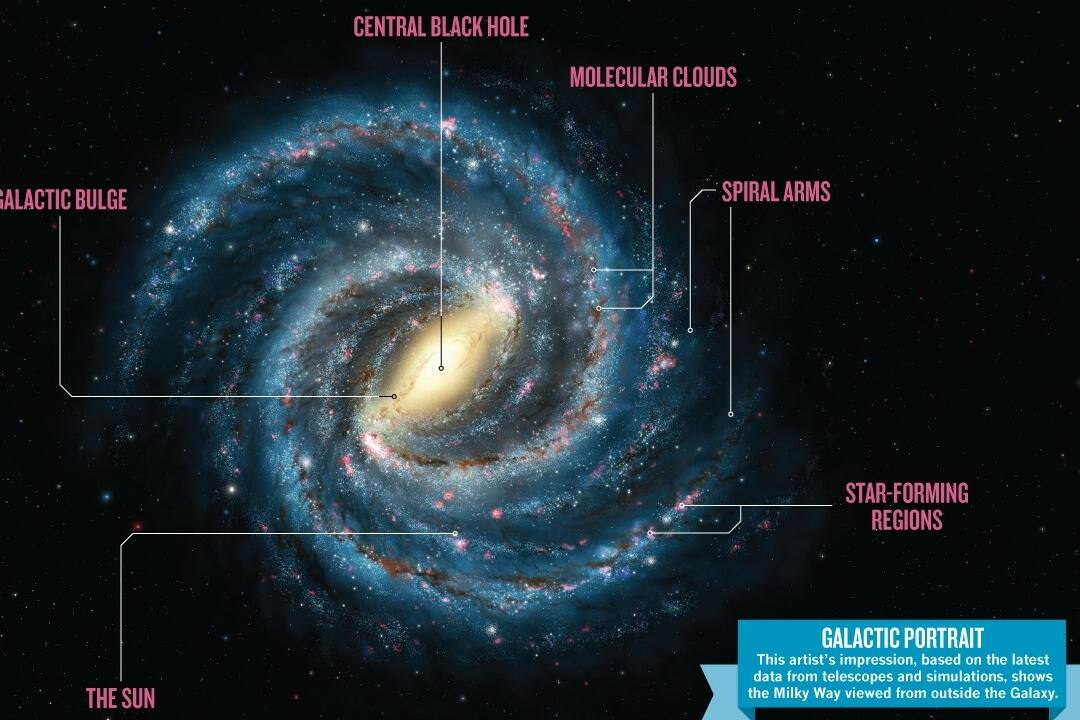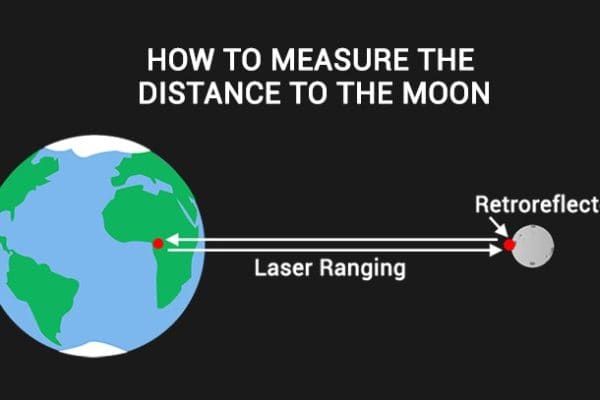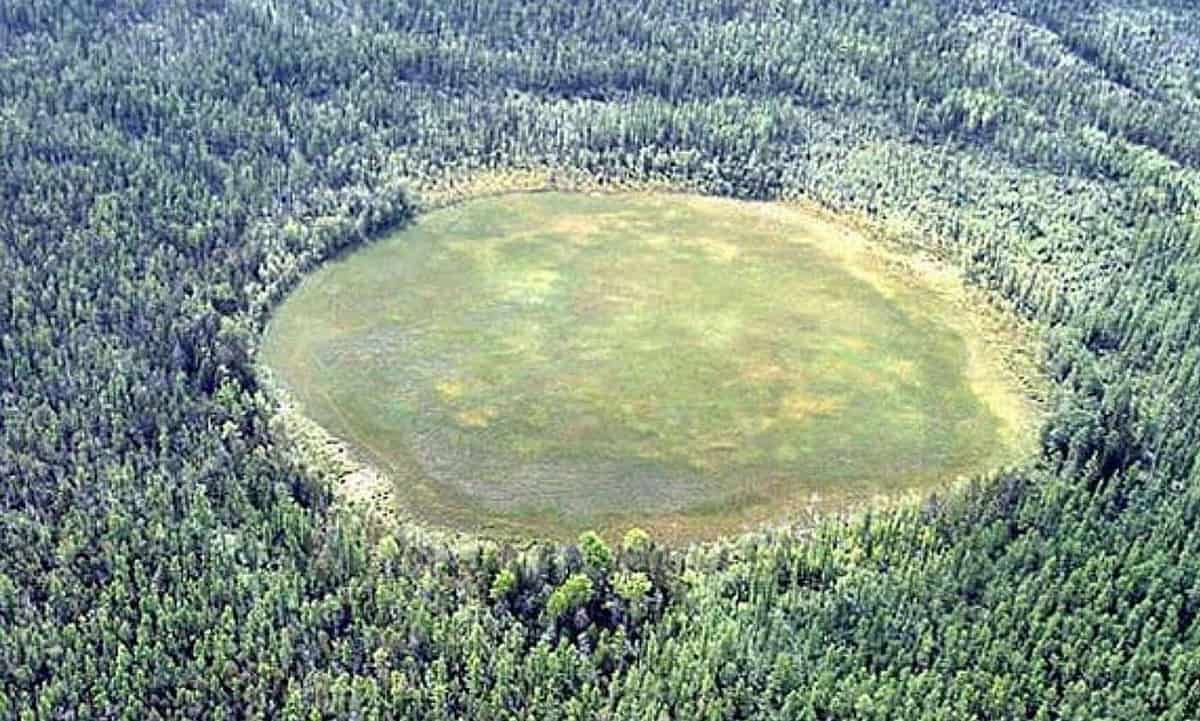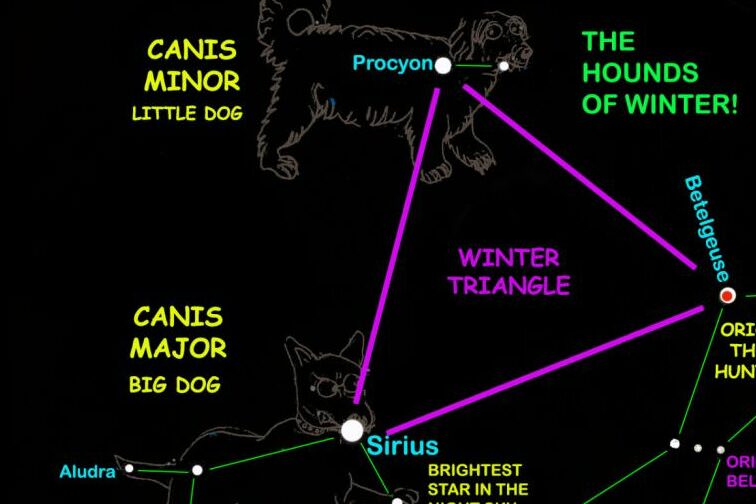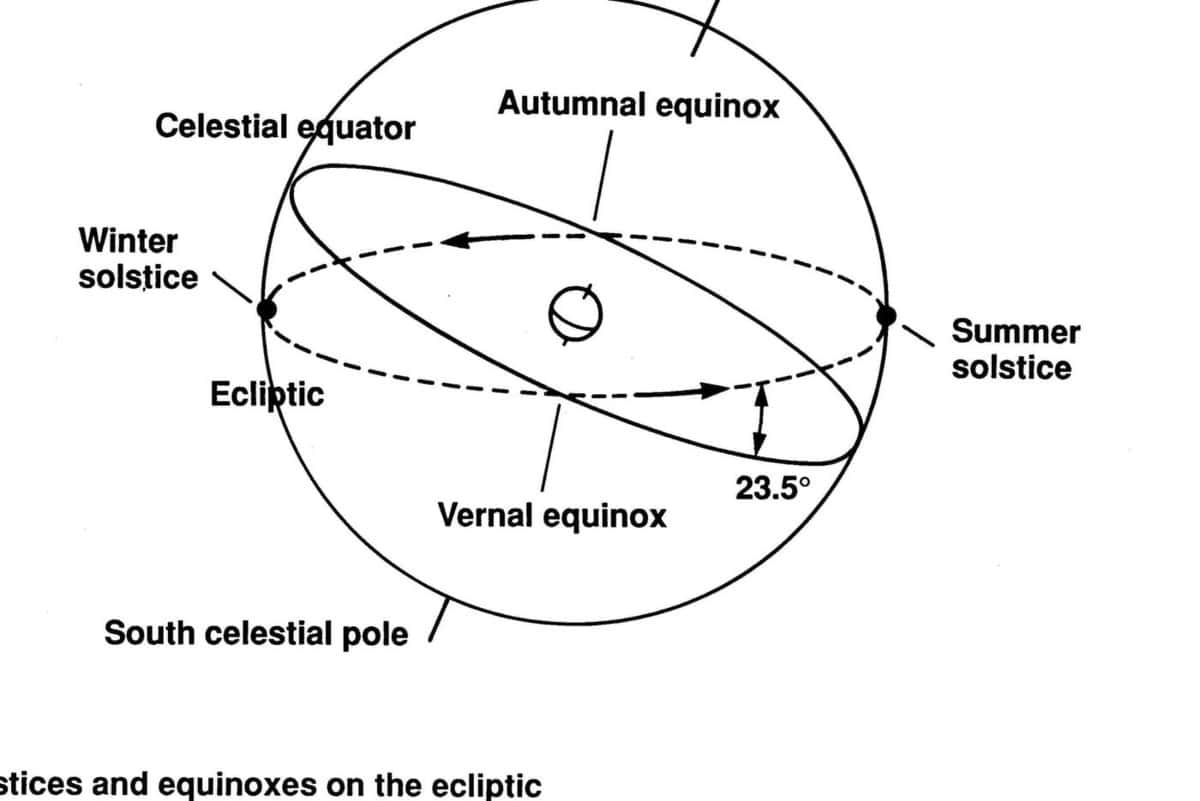
What is the point of intersection between the ecliptic and the plane of orbit?
When observed from the orbital path of the Earth, the sun appears to move in relation to the fixed stars, following the ecliptic as its annual path on the celestial sphere. This cycle repeats itself, lasting slightly longer than 365 days. The ecliptic represents the plane of the Earth’s orbit around the Sun. [1] [2]…

